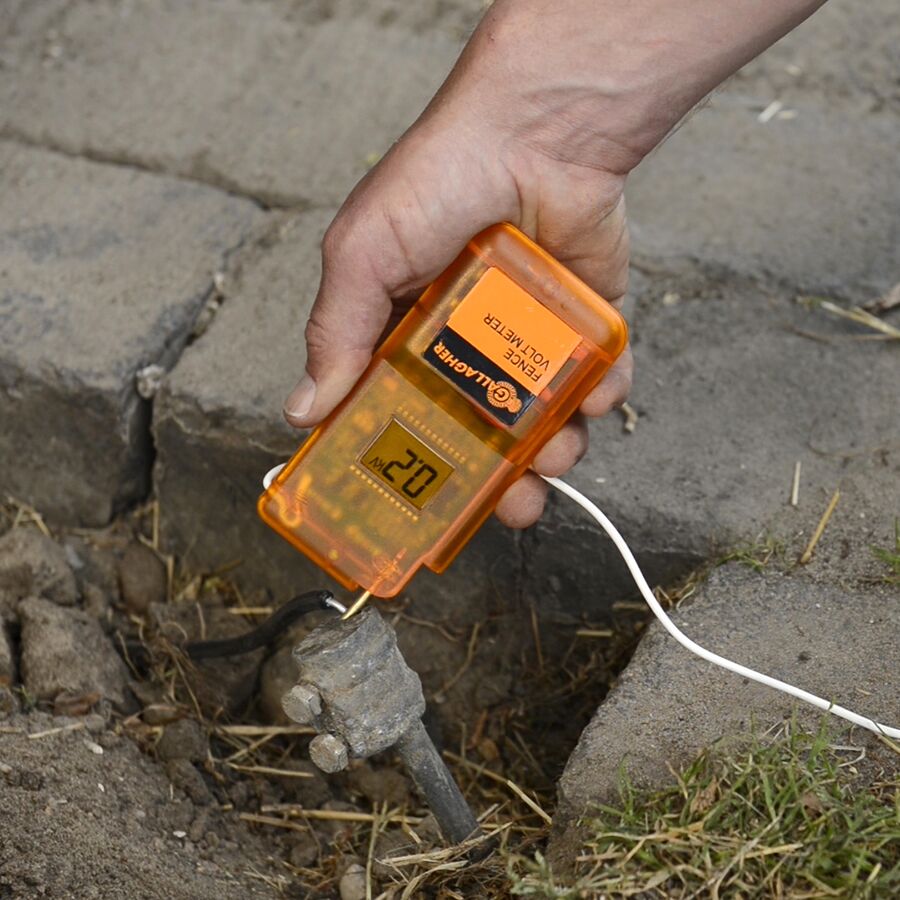Electric Fencing in Dry Conditions
Friday, 13 December, 2024

Dry Vegetation
There is a misconception that dry vegetation touching an electric fence can cause fires, this is extremely unlikely. To create a short, vegetation must be damp or green so it will not ignite. Once vegetation dries out, it becomes non-conductive, meaning any short created disappears.
The only conceivable but still very unlikely scenario where an electric fence could start a fire is when a wire shorts to an earthed metal object, such as a steel post or wire where insulators have broken, in abundant dry vegetation. This scenario is unlikely to occur in practice and even less on a well-maintained fence. Farmers with fences on steel posts or using earthed wires are advised to ensure the livewires are well insulated and the fence is clear of vegetation. If these factors are of concern, consider switching the energizer off on days of severe or above fire risk.
Earthing
In dry conditions, the earth system attached to your Energizer will become less effective. Typically, dry conditions lead to higher fence voltages, low fence load (as vegetation is non-conductive when dry) and fences that do not create as good a shock as normal (depending on the quality of the earth system). If your electric fences are not controlling stock effectively in dry conditions, solutions such as Gallagher Super Earth Kits are available to improve your earth system. Gallagher iSeries Fence Energizers also has an adjustable output target voltage, which can be turned down in dry conditions to reduce higher fence voltages. We also recommend a return earth fence design for all permanent fences.
Induction
Induction is another problem that occurs in dry weather. A typical scenario is getting a shock off a steel gate or a non-live wire in an electric fence. This happens when current flows down a wire alongside an adjacent, effectively insulated wire not directly coupled to the electric fence. A voltage is then induced in the adjacent wire. This is more likely in dry conditions because the posts of the non-live wire are connected to become insulators when dry. The solution to this problem is to earth the offending wire or gate by pushing a wire into the ground and stapling this across the non-live wires at the strainer post. Induction is not considered a fire risk whatsoever. Vegetation conductive enough to cause a short will effectively earth the non-live wire and prevent induction from occurring.
If your electric fence is not working as well as it should, or you would like further explanation of the above, please contact your local Territory Manager or Tech Support team.